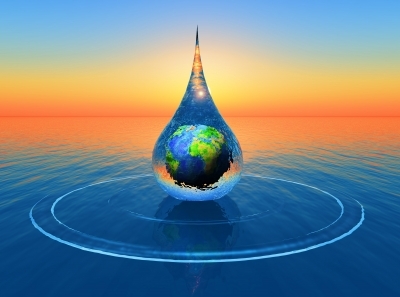There are a lot of historical and biblical precedents for spending time with God while enjoying nature, be it in a field, in the mountains, near a stream, or gazing at clouds, stars, or the moon. “God invites us to enjoy what He has made and to turn our awe into worship of Him.”
Jesus often went to solitary places in nature to pray, frequently to the Mount of Olives (Luke 22:39). For us too, nature can become a backdrop to prayer. The splendor of the extraterrestrial creation is one more way God shows His love for us. Our proper response is to love Him in return (1 John 4:19).
There are many vistas of excelling beauty in nature, especially in the Solar System. For untold eons of time, all the beauty in space was hidden from our appreciation until the invention of rockets and spacecrafts which made it possible to view God’s distant artwork. Allow the following photographs from around the actual Solar System to help hone your gaze homeward to Heaven.
Two worlds, one sun. The colors in this sunset on Mars are muted and beautifully fade from metallic-blue-gray to gray-red. The view is from the slope of Husband Hill, named after the late astronaut Rick Husband. Image Credit: NASA/JPL/Cornell
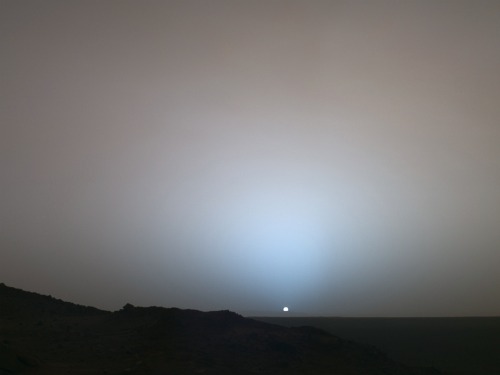
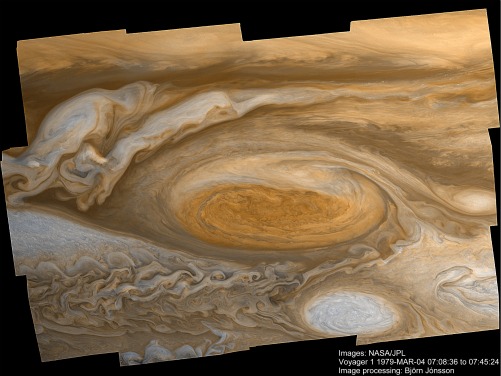
Jupiter’s perpetual hurricanes whip up mesmerizing patterns of colors as the atmospheric gases mix. Three Earths could fit across the largest oval-shaped hurricane in the center! Image Credit: NASA/JPL/Björn Jónsson
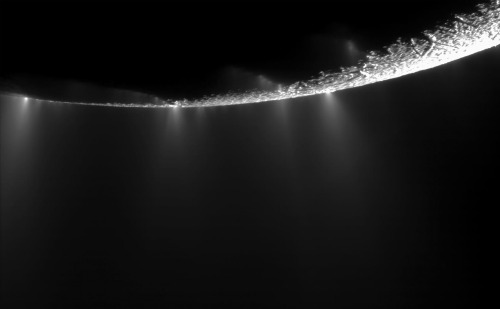
Enceladus is a moon of Saturn with geysers more faithful than their smaller cousins here on Earth at Yellowstone National Park. The weak gravity of Enceladus means the water in the plumes leaves forever, helping to form Saturn’s famous rings. Image Credit: NASA/ESA/JPL
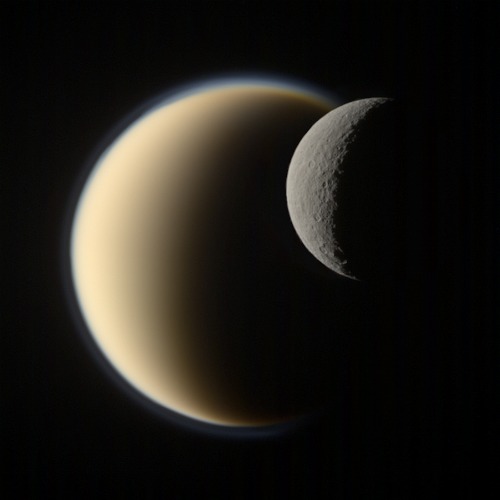
Thin orange and blue wisps of methane-nitrogen air hover over Titan, which joins fellow moon Rhea in their orbital dance above Saturn. Image Credit: NASA/ESA/JPL/Gordan Ugarkovic
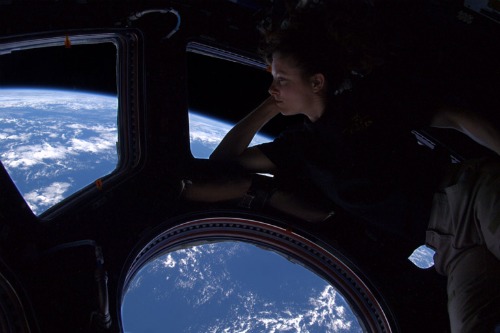
Pondering Earth from afar. Tracy Caldwell-Dyson contemplates creation from her perch in space above Earth. Image Credit: Doug Wheelock/NASA
